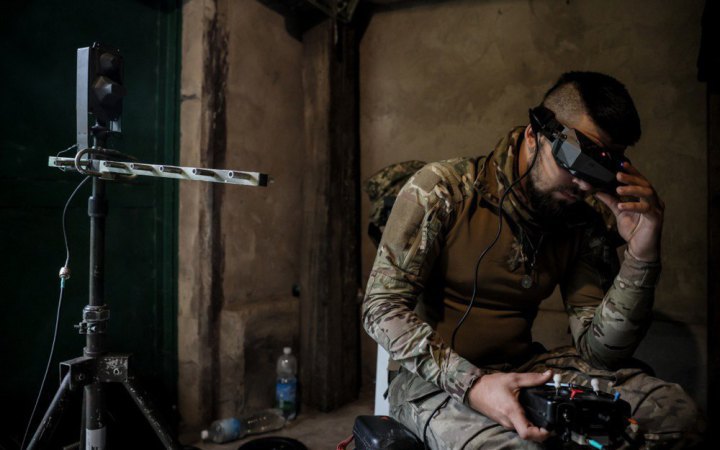How drones get to the units
There are several ways in which FPVs, like other weapons, get to the units: centralised supply through state procurement, decentralised supply using funds allocated to the brigade under the e-Baly programme, and through cooperation with volunteers or manufacturers.
Therefore, the level of provision will vary between different units. For example, Khartiya mainly works with equipment supplied by the state. As the brigade told us, “there are many manufacturers, and drones come in different qualities and configurations.”
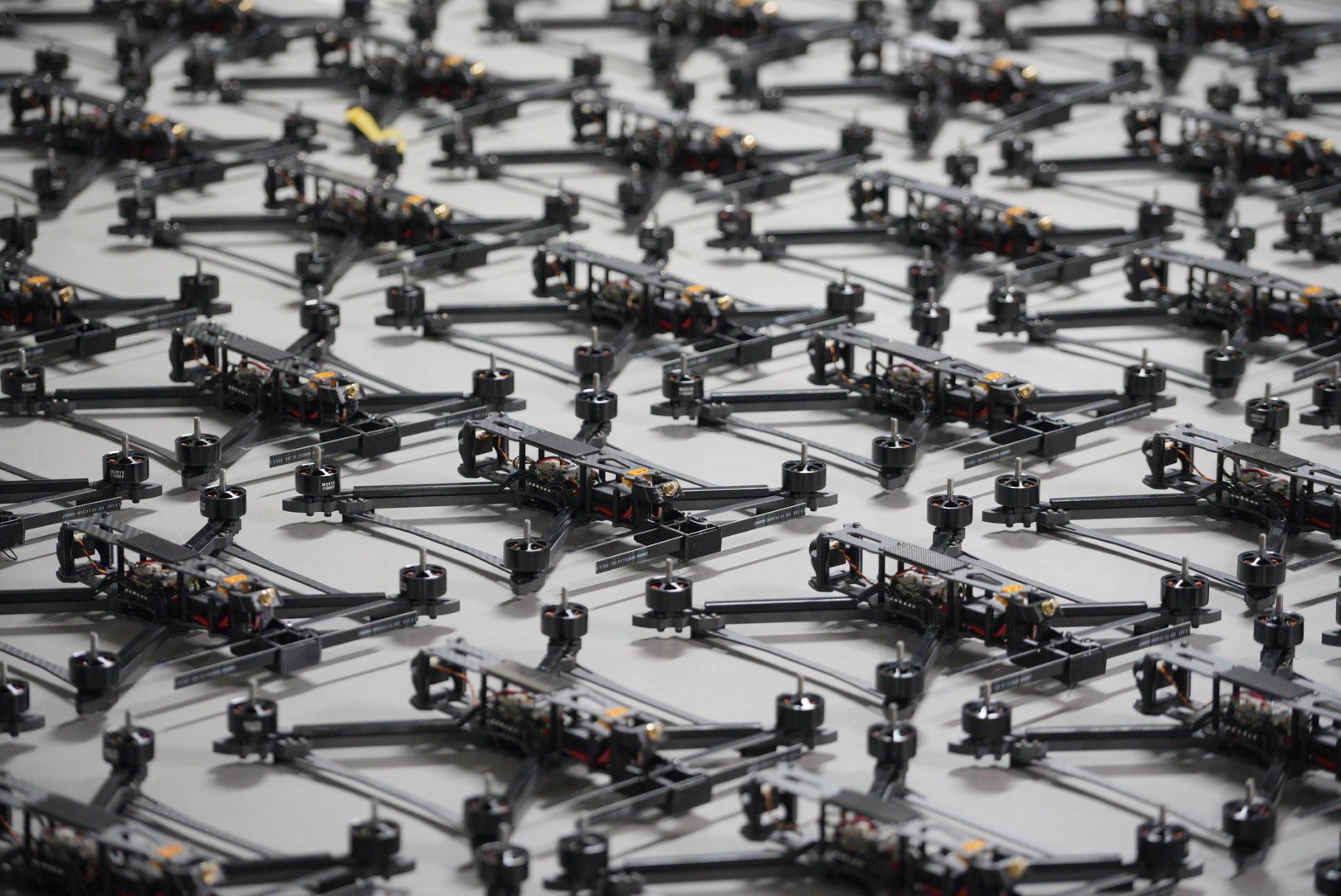
Meanwhile, the units participating in the Drone Line project have their own separate funding, so they can choose what to order and which manufacturers to work with.
Military personnel assess the supply of drones relatively positively.
“If you compare it to 2022–2023, there’s definitely much more supply and production now. But when it comes to quality — that’s where it gets tricky,” said “Lyutyy,” commander of the Dovbush’s Hornets UAV Battalion of the 68th Separate Jaeger Brigade, in a July interview with LB Live.

What is the problem?
In short, military personnel cite two problems: speed of delivery and quality.
The speed of delivery affects whether the equipment will be relevant today.
‘This is a major headache for the state, which buys large volumes for storage, and by the time this best drone reaches the end user, few people need it anymore. It is either sent for recycling or used for spare parts,’ said Taras Chmut, director of the Come Back Alive Foundation, during a panel discussion at Defence Tech Valley 2025.
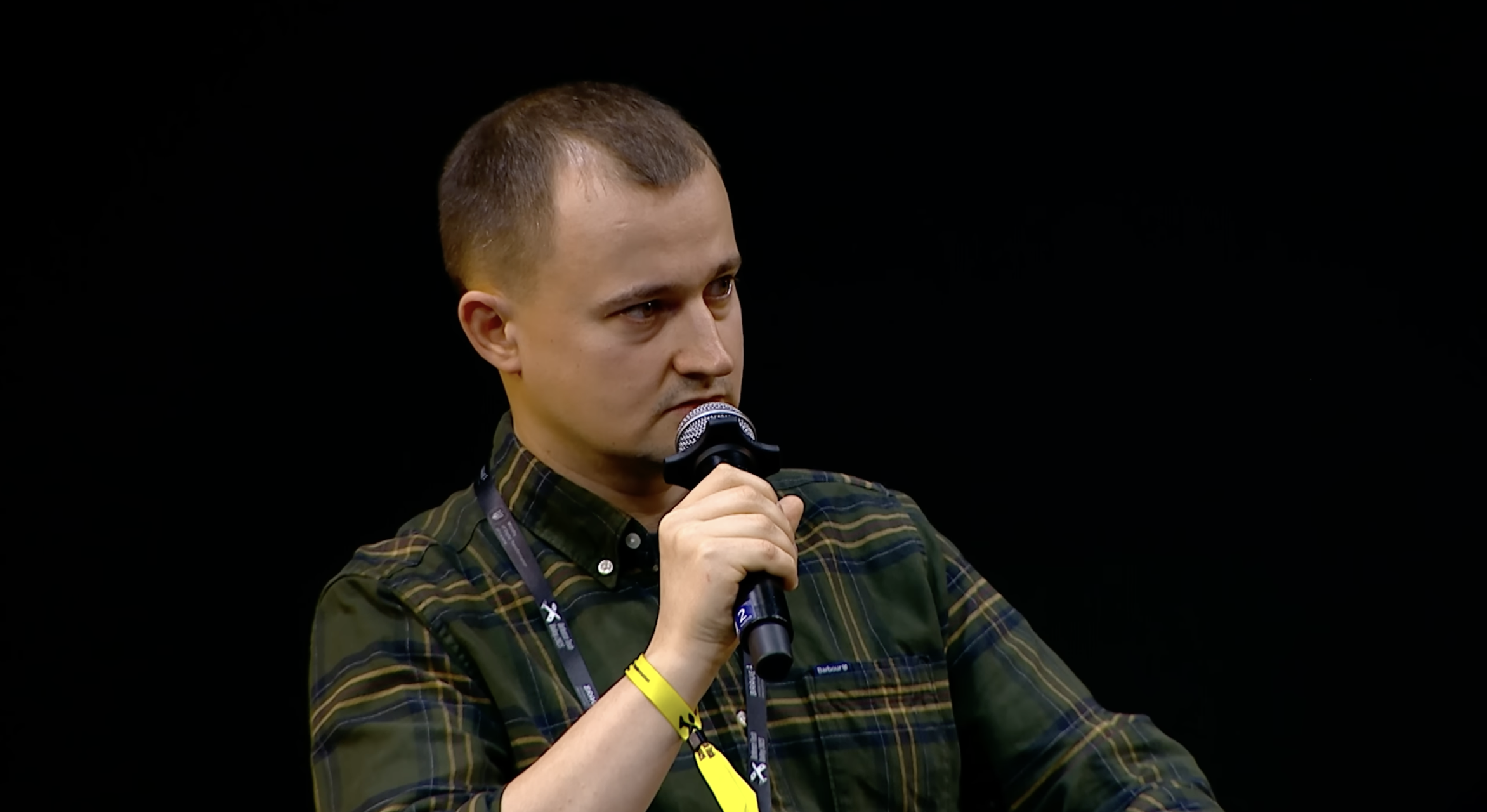
As Lyutyy explained, it is impossible to purchase 10,000 drones for a brigade and gradually use them without any changes.
"Of these ten thousand, we can take, say, a hundred, fly them coolly, but then the enemy finds a countermeasure and it turns out that the rest of the drones are lying in the warehouse. And we already need to replace them. Then we either start fundraising or buy transmitters, receivers, and video transmitters with our own money. And we also have to wait in line for spare parts from China. Because it's a shame to waste this drone and the money that has already been spent on it. We would rather buy a part for 4,000 hryvnias than lose a drone worth 20-25,000,” explained Lyutyy.
As for quality, the procurement procedure can also have an impact. For example, a manufacturer may install a cheaper camera in order to offer a cheaper product.
This forces units to repair drones using their own resources.
‘We have a workshop with various stations for this purpose. Depending on what needs to be done and the availability of spare parts, different technicians can perform many functions on a drone in a day,’ explains Volodymyr Dehtyaryov, a soldier with the Khartiya.
The Third Separate Assault Brigade checks all drones that come into service. Fifty per cent of them need to be modified, says Ihor Pyts, chief sergeant of the 3rd Separate Assault Brigade's unmanned systems battalion.
‘This involves either replacing transmitters or making technical modifications. Each unit looks at what works for them, what ground equipment they have, or what frequencies or channels work in this area, and then we make adjustments,’ says the serviceman.
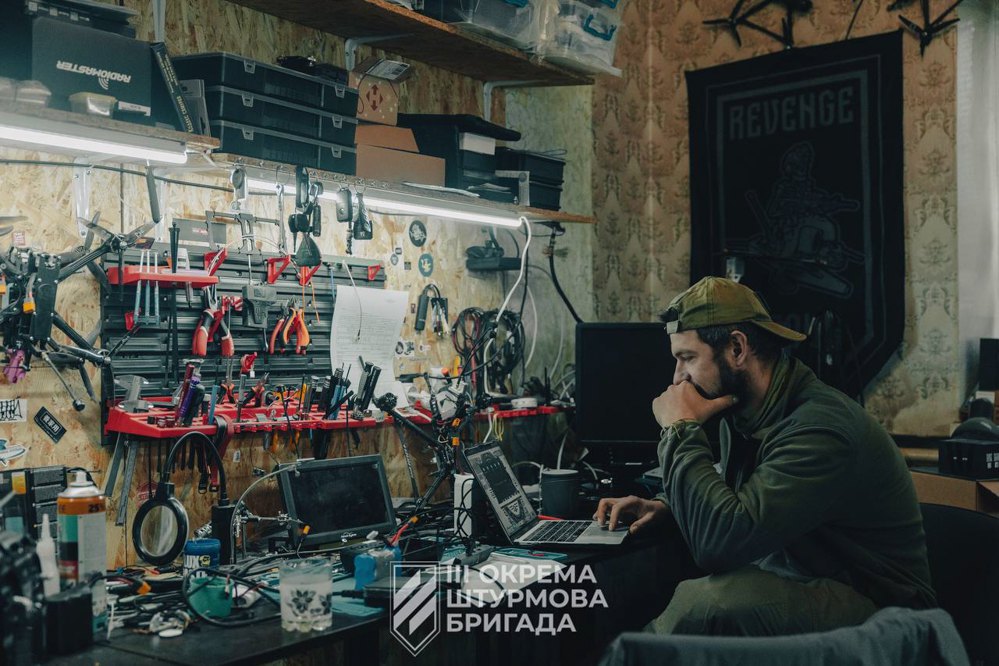
He also adds that departments can choose between what the brigade purchases and what the state provides.
‘We try to divide everything between all units proportionally in terms of quantity and quality so that no one is left with illiquid assets,’ says Ihor.
And the issue of illiquid assets, he says, is relevant. For example, with batteries.
"When the winds are strong, you need two batteries to complete the task. Some manufacturers do not provide this option, so we try to collect or organise the purchase of these components at our own expense and solder them into batteries. Some people are unable to collect them, so these drones remain illiquid," explains the chief sergeant of the 3rd Separate Brigade's unmanned systems battalion.
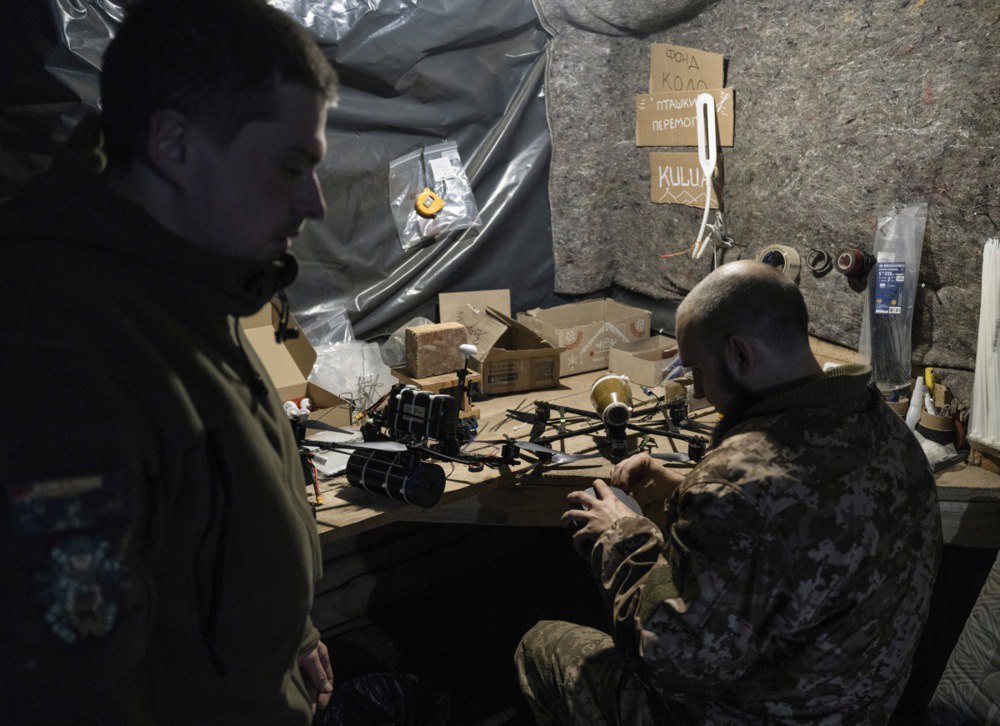
Questions for manufacturers
This is mainly about connectivity.
“What flies in Kyiv doesn’t fly in Pokrovsk. The manufacturer says, ‘No, we tested it with electronic warfare equipment.’ We tested everything with electronic warfare equipment, and everything should have been fine a long time ago, but for some reason, it all works differently,” said Taras Chmut at Defence Tech Valley 2025.
The second participant in the discussion panel, Kyrylo Veres, commander of the 20th separate regiment of K-2 unmanned systems, agrees with him.
“Even a stool flies in Kyiv, that’s not testing. At least come to Kramatorsk, where you can show your product. 90% of manufacturers don’t understand anything about war. Every second one thinks that the mistake is in my pilot, so we invite them to us and offer them a flight. A normal manufacturer always listens to feedback from the unit. And not just from one," Veres explains.
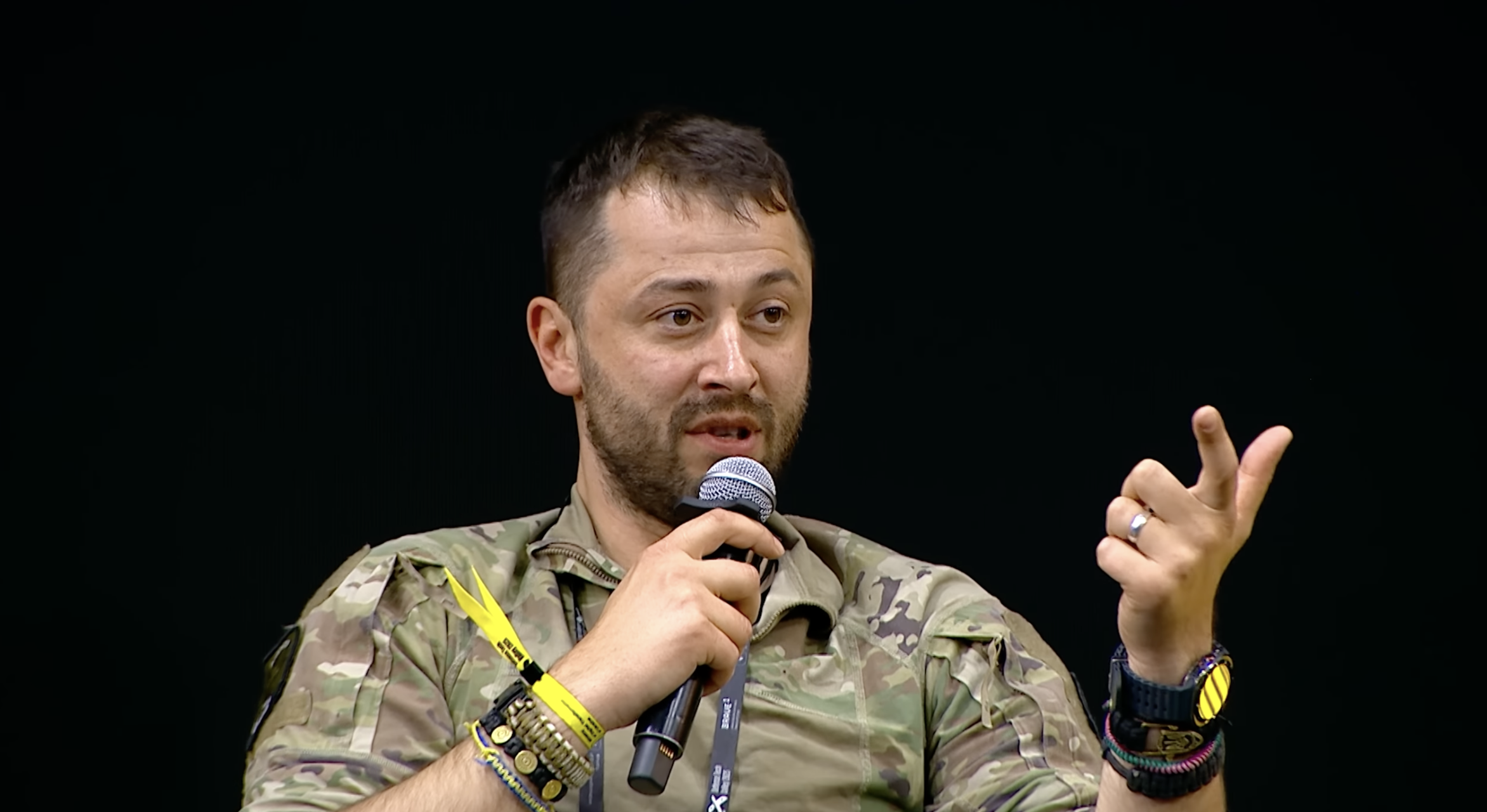
Yevheniya Zakrevska, a Ukrainian Armed Forces soldier and UAV operator, recently wrote about communication problems. In her post, she complained about drones that cannot be used without GPS and that manufacturers do not understand this.
“Dear Sirs. Perhaps this has been hidden from you for a long time, but the basic scenario for the operation of an aircraft, drone, or anything that takes off within a 30-kilometre radius of the launch site is operation without GPS. This has been the case for several years now. Without GPS and under strict spoofing. Without GPS — from the moment of activation, initiation, take-off, flight and until landing. This is the standard, basic operating scenario. That is, it is mandatory in order to offer the product to the military," Zakrevska wrote.
She stressed that such operating conditions with constant signal suppression are not an exception, but a reality.
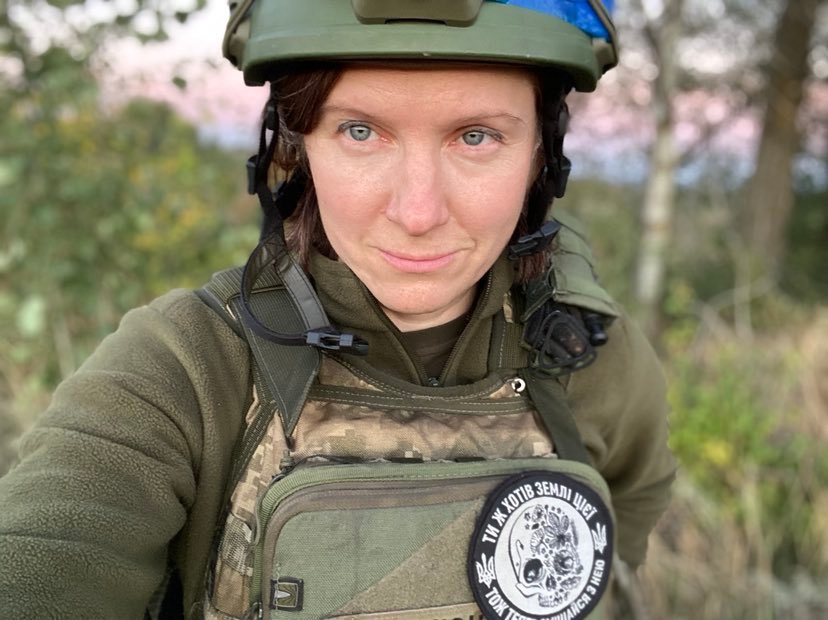
‘And if you cannot grasp this reality and build a basic scenario for your aircraft based on it, roll it out and test it in real conditions — then reorient yourself towards Mexican cartels,’ added the UAV operator.
What is the possible solution and where are purchases heading?
Decentralisation of procurement is important, according to the military personnel themselves. And allocating part of the budget to military units was the right move, says Kyrylo Veres.
"If we wait years for some things, then in a year's time I won't need them anymore. We have the opportunity to buy what I need today. If I receive a product that is no longer relevant, the manufacturer will rework it for free, because there is an agreement. Otherwise, I will simply refuse to work with that manufacturer," explains the commander of the K-2 regiment, explaining the logic behind the cooperation.
Veres also emphasised the considerable competition in today's Ukrainian market.
"No one invented the star of death, so it is unfair to say that someone has the best weapon. There are effective weapons and there are less effective ones. Therefore, it is a huge advantage when military units purchase what they consider necessary directly for themselves. And this has an immediate and significant impact on the battlefield. And in a year or two, the product will no longer be needed, even for free," added the commander.
Meanwhile, the Ministry of Defence is betting on the ability of brigades to choose drones that the state will purchase for them. In July, DOT-Chain Defence, a drone marketplace, was launched in a test format.
Twelve brigades took part in the pilot project.
In two months of operation, 38,683 drones were delivered to the brigades, Arsen Zhumadilov, head of the Defence Procurement Agency, said on 2 October.
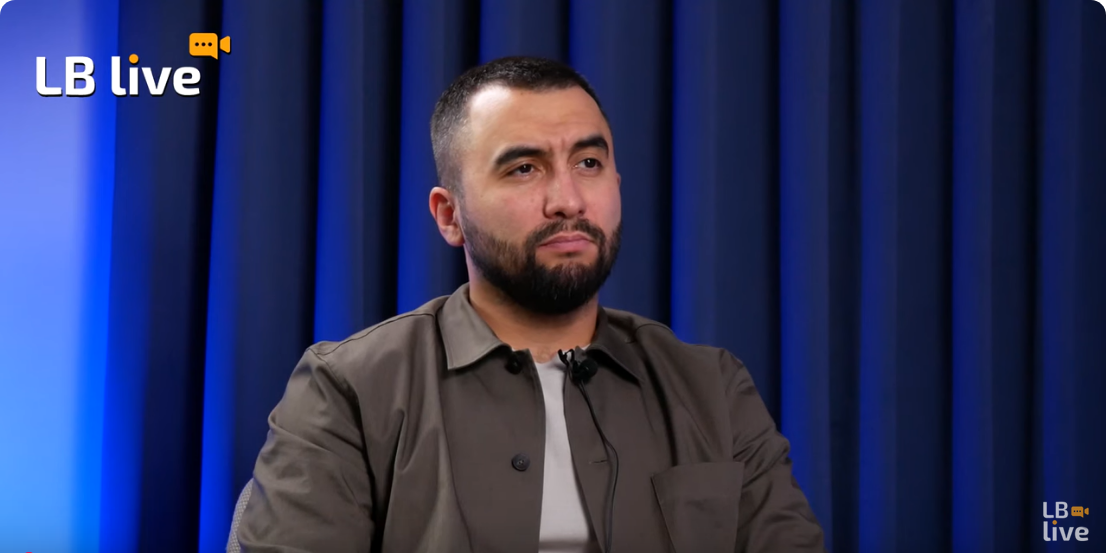
These include FPV, bombers, and several aircraft-type units.
The average time from order to delivery to the military is 10 days. The shortest is 5 days, says the head of the Defence Procurement Agency. The order cost 600 million hryvnia. The military highly rated its functionality, he says.
According to Zhumadilov, this system will eventually become the main tool for purchasing drones for the Armed Forces of Ukraine. In six months, they plan to scale it up to 70% of drone purchases for the military. They also plan to add other products, such as electronic warfare systems, ground-based robotic complexes, and possibly even drone drops.
The Defence Procurement Agency also presented a drone designer, where the military will be able to see which components of the drone are interchangeable and adapt the product to their needs. This may appear on the platform in a few weeks, according to Alyona Zhuzha, director of the Digitalisation Department of the DPA.
Zhumadilov named the expansion of the list of manufacturers represented on the platform as a point of growth. This approach could also influence manufacturers. After all, the military will be able to contact manufacturers directly through the system to communicate their needs and leave feedback. In his opinion, this will encourage manufacturers to build long-term cooperation with the brigades.
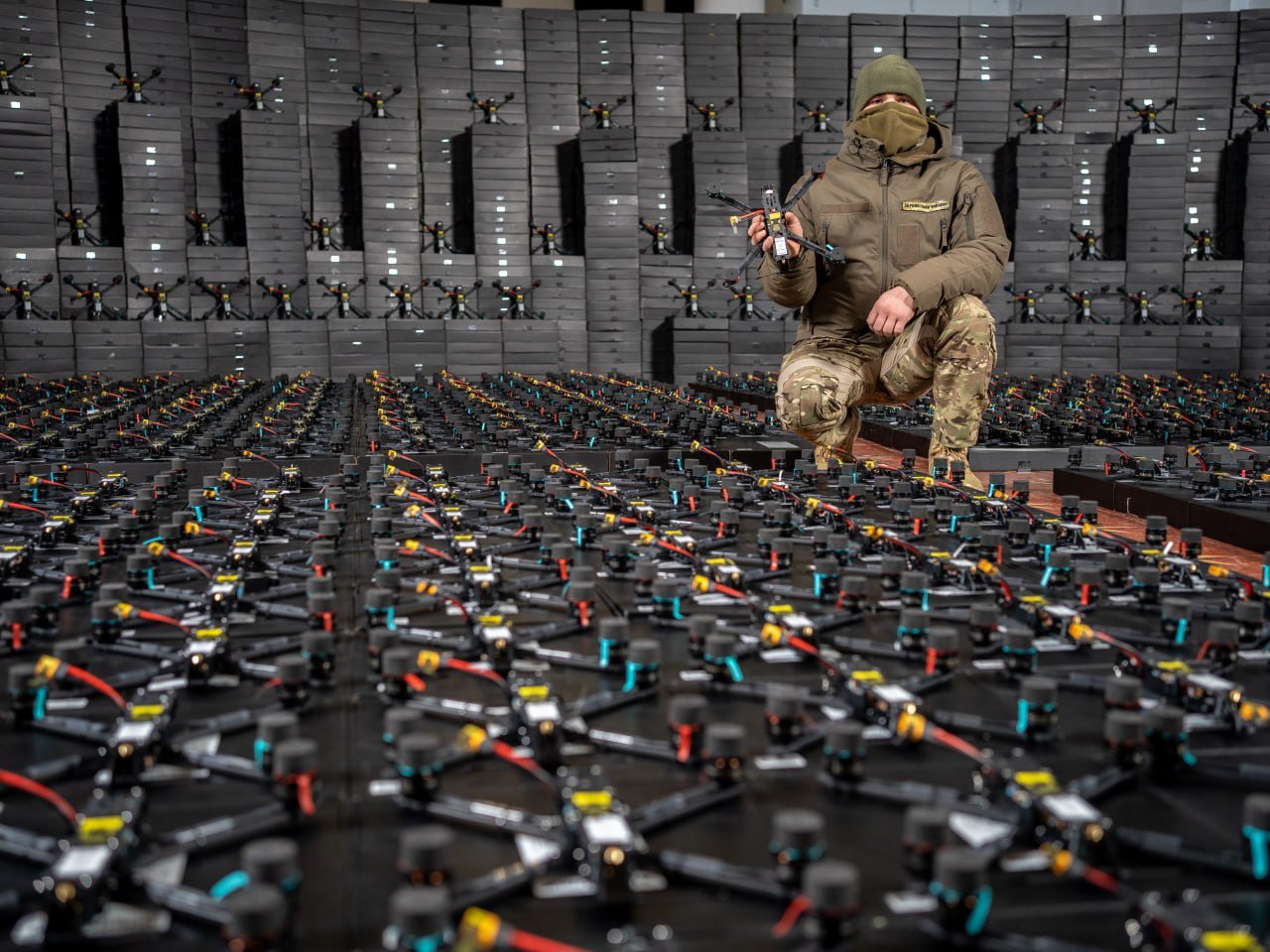
As for scaling DOT-Chain Defence to other brigades, they will all be added at once as soon as the Ministry of Defence gives the appropriate order.
‘These brigades are most likely already 90%+ in our system under the e-Baly programme, meaning they already have accounts where they place orders. Therefore, it will be extended to everyone instantly,’ explained the head of the Defense Procurement Agency in response to a question from LB.ua.
The distribution of the budget for orders received by the brigades will be determined by the General Staff and the Ministry of Defence.
‘Most likely, it will be distributed based on how many battalions the brigade has that are working directly on the front line,’ added Zhumadilov.









